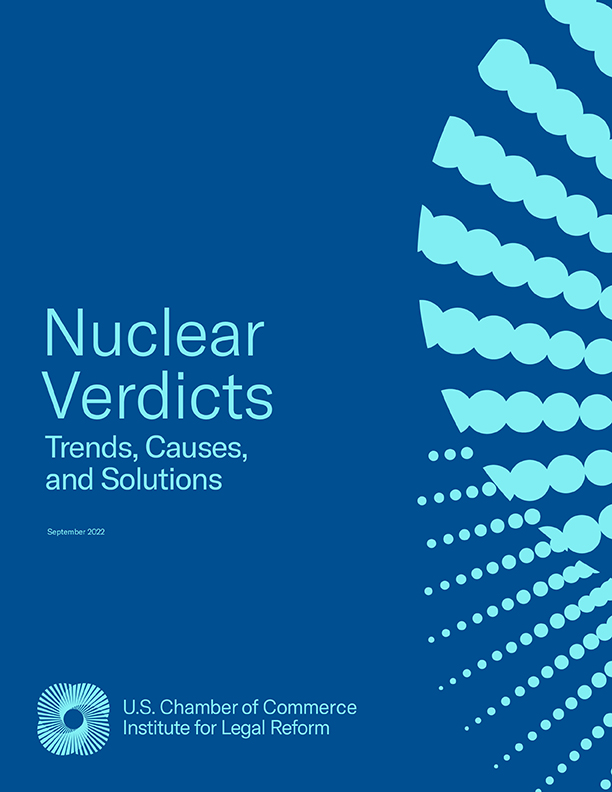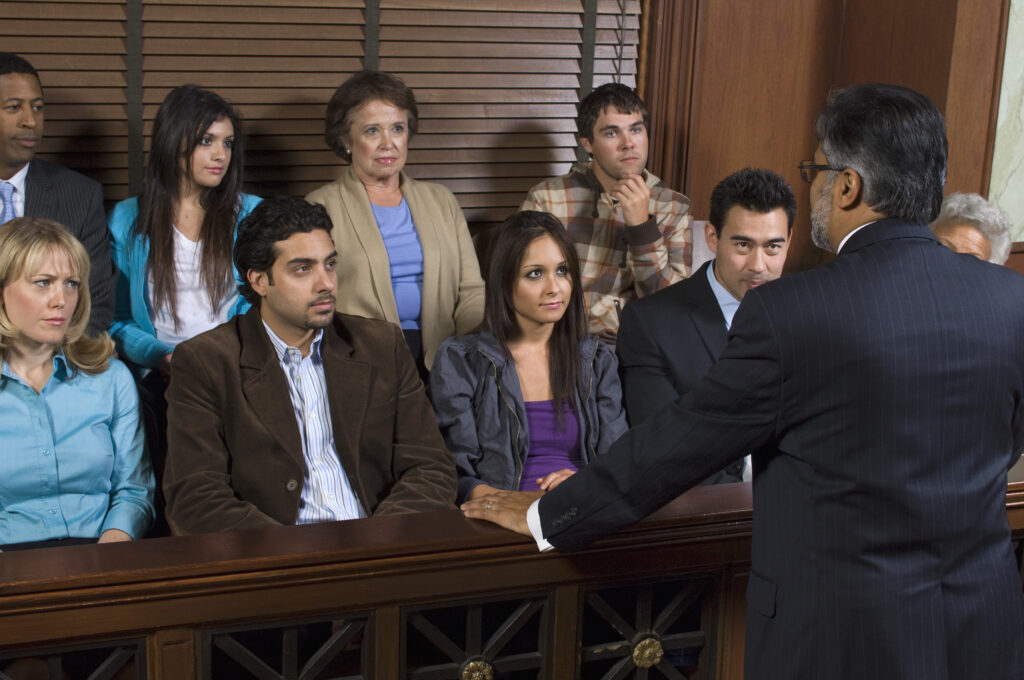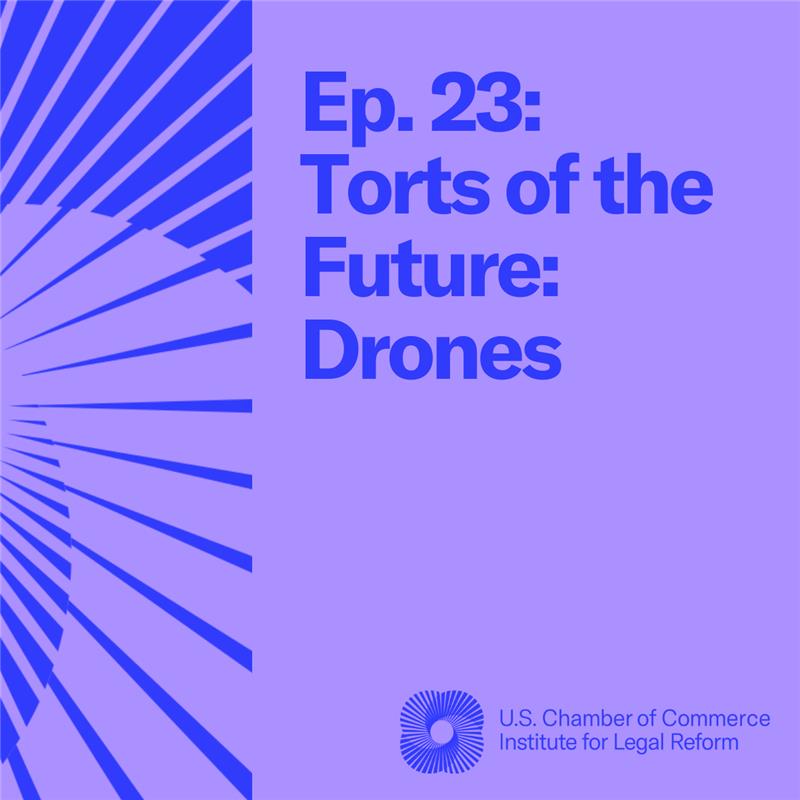This month, a federal appeals court is scheduled to hear arguments in a high-profile Chapter 11 bankruptcy filed to resolve tens of thousands of talcum powder-related lawsuits. Chapter 11 is supposed to be an orderly way for companies to reorganize their debts and fairly distribute funds to creditors, including lawsuit plaintiffs. Nevertheless, plaintiffs’ lawyers want to block the bankruptcy from going forward. Why? Because they stand to make more money if cases are litigated in state courts instead of efficiently and quickly addressed through the bankruptcy process.
A recent scandal on the West Coast shows how a system controlled by plaintiffs’ lawyers can lead to abuse. Investigative reporters at the Los Angeles Times revealed that California plaintiffs’ lawyer Thomas Girardi, the ex-husband of a “Real Housewives of Beverly Hills” star, diverted millions of dollars from a series of mass-tort settlements into his pocket, preying on clients who trusted him to distribute their money fairly and honestly.
The Girardi scandal is the latest example of unwieldy mass litigation shortchanging victims while enriching their lawyers. Plaintiffs’ lawyers spend tens of millions of dollars on television and digital advertising, seeking plaintiffs for lawsuits. They hope to overwhelm businesses with litigation and force settlements. But these plaintiffs often get less money than expected because of excessive legal fees, unfair distributions, or even, as in the Girardi case, allegations of outright theft. And genuine victims sometimes receive less than they should because lawyers settle questionable, ad-generated suits at the same time as credible, serious claims.
The bankruptcy system is a viable alternative to mass litigation, as the huge amounts of money that would be spent on litigation can instead go toward compensating claimants. Mass litigation often involves thousands or tens of thousands of claims. It would take hundreds of years for every plaintiff to get their day in court because of the sheer volume of claims and the court backlogs they create. In Missouri, for example, the state’s entire court system saw less than 300 civil jury verdicts in 2019—imagine how long it would take for tens of thousands of plaintiffs to resolve their cases.
The bankruptcy process also gives judges greater oversight over the systems used to evaluate and pay claims. Bankruptcy judges are empowered to set up an orderly process to ensure true victims are paid as much as possible. But screening out suspect claims and reducing legal expenses isn’t great for plaintiffs’ lawyers, who aren’t able to collect high contingency fees and inflated expenses.
Plaintiffs’ lawyers who flood courts with often poorly documented claims are making daring bids to coerce defendant companies into settling. But their tactics hurt both companies and the people suing them. Using the bankruptcy system to address these claims is better for almost everyone than continuing to litigate claims in state courts until the company is forced into insolvency.
Interested in learning more on bankruptcy and other issues? Check out our blog page.



